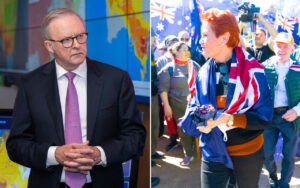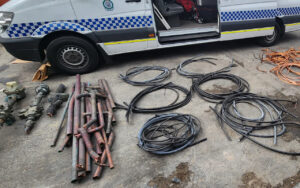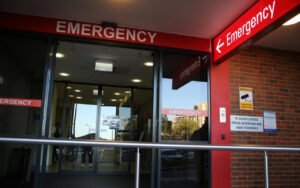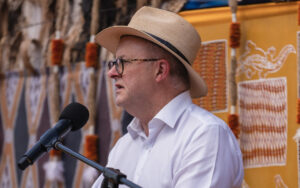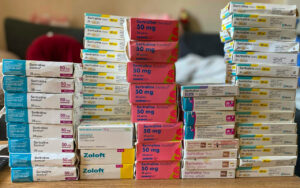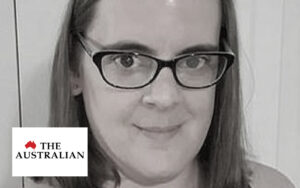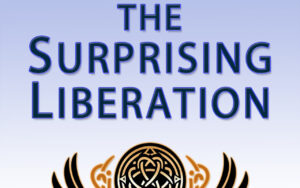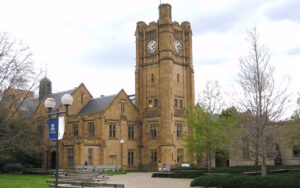Immigrant mothers from China and India are skewing sex ratios in Australia by preferencing male babies and aborting females, a new large-scale study indicates.
Analysis from researchers at Edith Cowan University has shown that the proportion of boys born to Indian, Chinese and other foreign-born mothers is higher than the natural gender ratio and the rate of boys born to Australian-born mothers.
The May study, which is based on over 2 million births among eight cultural groups in Western Australia and New South Wales between 1994 and 2015, shows vast discrepancies in the sex ratio at birth (SRB) among the different groups, especially among Chinese and Indian-born mothers.
In contrast to the natural birth ratio of around 105 boys for every 100 girls, the study found the SRB among certain migrant groups was highly distorted.

The sex ratio among first-borns was similar across all eight groups, yet there were significant differences among second and third-born children.
Regarding the second-born, there were 108 boys born for every 100 girls for mothers born in China, The Philippines and Lebanon, while there were 109 boys for every 100 girls for mothers born in India.
These discrepancies were even starker when the first-born child was female. When couples had already had a daughter and not a son, the ratio of boys born was 111 for women born in China and The Philippines, 115 for women born in India, and 116 for women born in Lebanon.
These disproportions were similar for the third-born. Among third-born children, mothers born in China had 115 boys for every 100 girls, while women born in India gave birth to a staggering 118 boys for every 100 girls for their third-born.
These figures were even worse if the couple already had two girls, with 133 boys for every 100 girls for the Chinese-born mothers, and 132 for the Indian-born.
Australian-born mothers, in contrast, produced the standard 105 boys for 100 girls for each of their children, regardless of whether they had two previous daughters or not.
This was similar for British and New Zealand-born mothers, with the majority of births among these groups occurring within the natural range of 105 boys for every 100 girls.
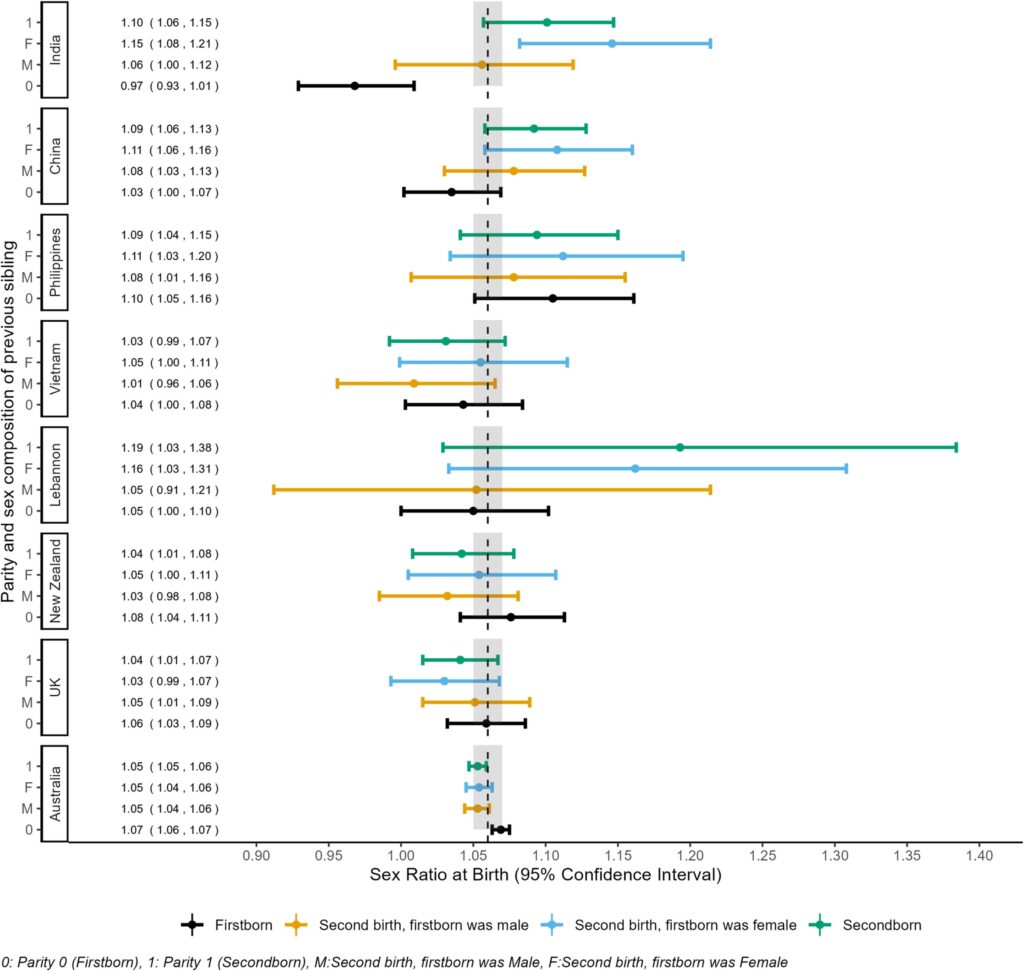
The study authors stated that the vast discrepancies in the SRB among migrant groups, especially among Chinese and Indians, appears due to pre-natal sex determination and abortions carried out as a result of a cultural preference for boys.
“The most likely explanation for the imbalanced SRB (sex ratio at birth) observed among overseas-born mothers in our study – particularly those from India and China – is sex-selective abortion,’’ the researchers wrote.
Much of this explosion in abortions began around 2009 when non-invasive prenatal testing (NIPT) – an early-term blood test that determines a child’s sex – became available.
As the study suggests, NIPT may have begun to be used by couples within certain migrant cohorts to determine their child’s sex in order to undertake an abortion.
“We observed substantially more induced abortions among Indian and Chinese-born mothers, particularly at earlier gestations, which coincided with the introduction of NIPT,” the authors wrote.
“This study provides the most compelling observational evidence to date of male-biased SRB among overseas-born mothers, which appears to be attributed to prenatal sex determination followed by selective abortion of females.”
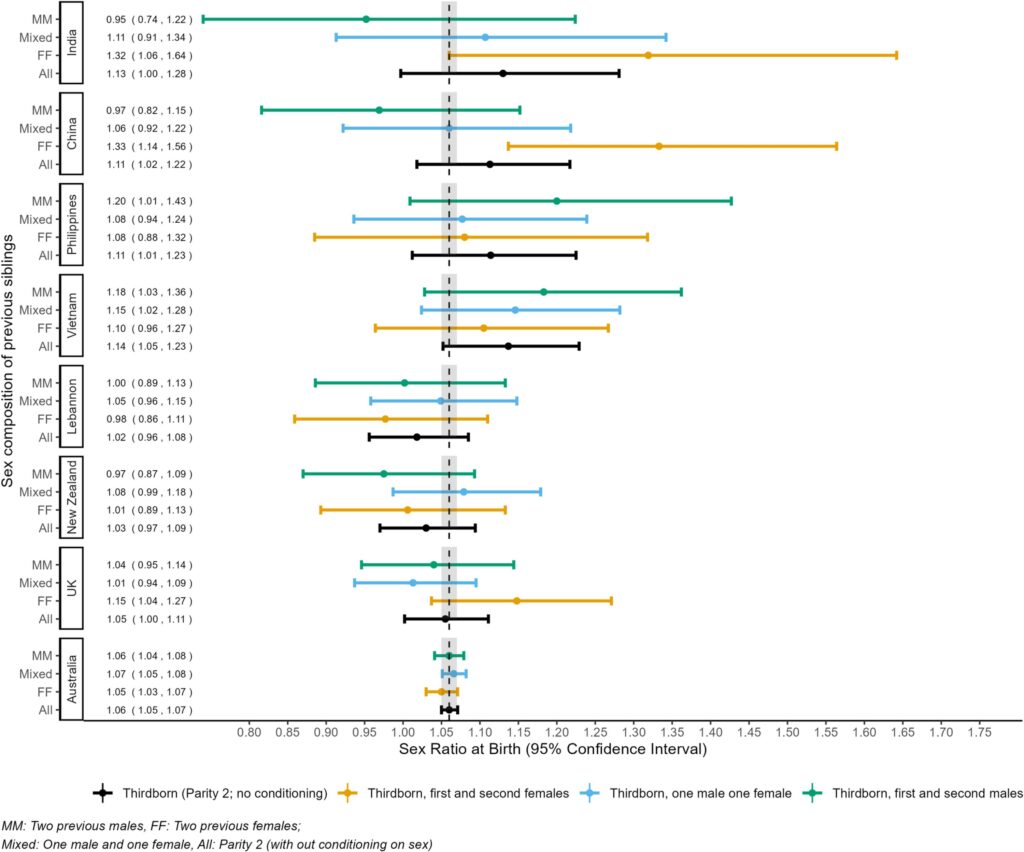
As the researchers write, their study “provides the most compelling observational evidence to date of male-biased SRB among overseas-born mothers, which appears to be attributed to prenatal sex determination followed by selective abortion of females.”
Lead researcher Amanuel Gebremedhin told The Australian such a “markedly skewed sex ratio at birth among certain migrant communities almost certainly points to human intervention”.
“Oftentimes, parents are able to determine the gender of the baby as early as 10 weeks of gestation,” he said.
“Given that abortion on request in many Australian jurisdictions is generally available up to 22-24 weeks of gestation, it allows parents time to consider whether they would want to maintain the pregnancy.”
Other statistics revealed by the study further support the notion of sex-based abortions among immigrant groups.
“During the NIPT available period (2009–2015), Indian–born mothers in WA had a higher rate of hospital induced abortions (6.7%) compared to Australian–born mothers (3.6%) with a greater proportion of early term abortions,” the study noted.
The analysis also found that the “the proportion of early abortions among Indian–born mothers increased from 64.3% in 2010 to 97.7% in 2015.”
Distortions in the SRB also grew once gender-detection technology became available around 2010, with the SRB for mothers born in China, India, Lebanon and the Philippines becoming “higher in comparison to previous years prior to availability of NIPT”, according to the study.
Mr Gebremedhin and his colleagues advised “restricting the disclosure of fetal sex in NIPT results” to stop the growth of sex-based abortions as well as launching education campaigns among migrants from “countries with a strong son preference, such as India and China”.
“We strongly recommend that sex–determination technologies like NIPT should not be used to reveal non–medical traits of the fetus, including sex as restricting this information is one of the most feasible approaches to preventing sex-selective abortion and reducing gender-biased reproductive practices,” they wrote.
India, China and the Philippines are the top three fastest-growing countries over birth over the past decade, according to the Australian Bureau of Statistics.
Between 2019 and 2024 the Indian-born resident population grew from 665,400 to 916,330, the Chinese-born went from 661,460 to 700,120, those born in the Philippines increased from 294,160 to 394,380, and the Nepalese-born population grew to 197,800 from 119,060.
The population born in the above four countries alone is now at 2.2 million, out of a total of 8.6 million born overseas, up from 6.5 million 10 years earlier.
Header image credit: Pixabay.



